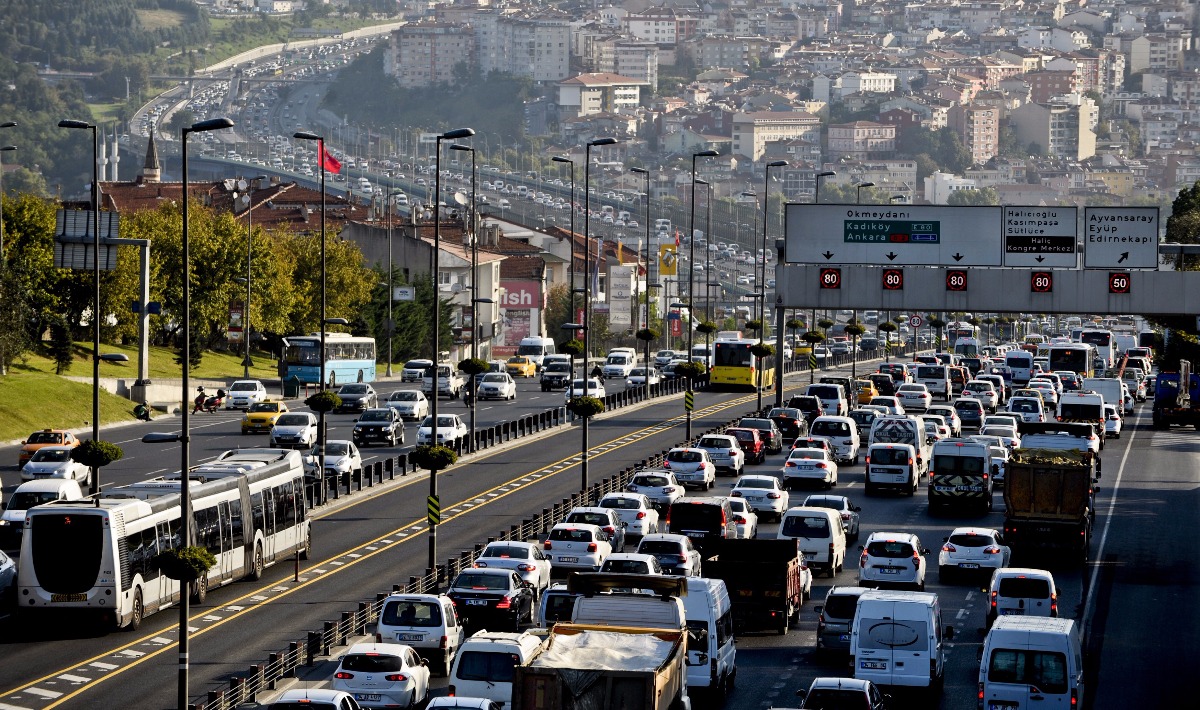
Born and grow up in a large urban area is a risk factor for psychological disorders such as anxiety and mood disorders also commuting and the place where you live plays a significant role in the growth of diabetes. The frenetic pace of the large cities, spending much time on public transport to get to their jobs, or even worse to spend in the car several hours bottled in the middle of the day to the urban traffic movements, this lifestyle would favor the onset of diabetes type 2. in fact, as a recent study involving a representative sample of residents in five cities, it showed that an organism weakened by stress of noise and commuting would cause the pancreas to produce insulin in a quantity of less than that required by determining the onset of diabetes. This study is a response to the sharp increase of diabetics who have registered in recent years among residents of large cities. In light of this important study it is hoped that governments take into account the employment status of residents in big cities. Moreover, another risk factor for those who live in a big city certainly is the noise that reached the truly unacceptable levels which obviously causes negative effects on the quality of sleep is an extremely important factor in the morale and welfare of the people. Especially traffic noise, which has a strong influence on the nervous system, has been recognized as the architect known worldwide as a cause of stress that can become cronico.Purtroppo is not easy to fight noise pollution, the best thing would be to move away from city, but small measures can improve the situation. Such as double glazing or panels or sound-absorbing sheaths to be applied to walls and floors, or in extreme situations, especially before going to bed, use of acoustic earplugs to soften ambient noise because it ‘s not heard He never sleeps and feels everything, even in his sleep. The brain works incessantly, day and night. It is for this reason that the noise at night is considered very harmful, because it affects the body even when we realize it.

Nascere e crescere in una grande area urbana è un fattore di rischio per disturbi psicologici quali ansia e disturbi dell’umore inoltre il pendolarismo e il luogo in cui si vive gioca un ruolo significativo sulla crescita del diabete. I ritmi frenetici delle grandi città, il trascorrere molto tempo sui mezzi pubblici per raggiungere il posto di lavoro o ancora peggio trascorrere in auto parecchie ore del giorno imbottigliato in mezzo al traffico urbano per spostamenti, questo stile di vita favorirebbe l’insorgere del diabete di tipo 2. Infatti, da uno studio recente che ha interessato un campione significativo di soggetti residenti in cinque metropoli, ha evidenziato che un organismo indebolito dallo stress dei rumori e dal pendolarismo indurrebbe il pancreas a produrre una quantità d’insulina minore a quella necessaria determinando l’insorgere del diabete. Questo studio è la risposta al forte aumento di diabetici che si sono registrati negli ultimi anni tra gli abitanti delle grandi città. Alla luce di questo importante studio l’auspicio è che i governi tengono conto della condizione lavorativa dei residenti nelle grandi città. Inoltre un altro fattore di rischio per chi vive in una grande metropoli certamente è l’inquinamento acustico che ha raggiunto dei livelli davvero inaccettabili che provoca ovviamente effetti negativi sulla qualità del sonno che è un fattore di estrema importanza sul benessere psico-fisico delle persone. In particolare il rumore del traffico, che incide fortemente sul sistema nervoso, è stato riconosciuto come l’artefice universalmente conosciuto come causa di stress che può diventare cronico.Purtroppo non è facile combattere l’inquinamento acustico, la cosa migliore sarebbe quella di allontanarsi dalla città, ma piccoli accorgimenti possono migliorare la situazione. Come gli infissi a doppio vetro o dei panelli o delle guaine fonoassorbenti da applicare alle pareti e ai pavimenti, oppure in situazioni estreme,specialmente prima di andare a dormire, utilizzare dei tappi acustici alle orecchie per attenuare il rumore ambientale in quanto l’ udito non dorme mai e percepisce tutto, persino nel sonno. Anche il cervello lavora incessantemente, giorno e notte. È per questo motivo che il rumore notturno è considerato molto dannoso, perché influenza il nostro organismo anche quando non ce ne rendiamo conto.
Paris is a large metropolitan city rich European history, culture, museums, monuments, churches and architectural squares.
Even in Paris, like all big cities, should move through the underground network consists of 13 lines that intersect with each other throughout the city. Things to see in Paris are so many then everyone makes their own choices according to the time available and your taste. The following are a number of attractions that many tourists have visited the world but everyone can choose what they like best.
Continua a leggere “Paris metropolitan city”→


